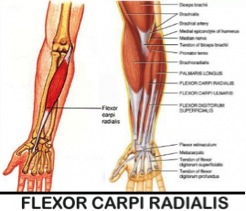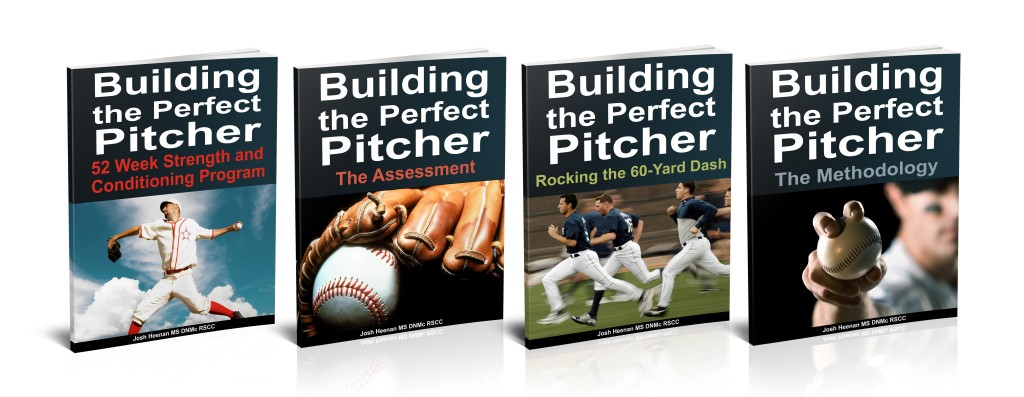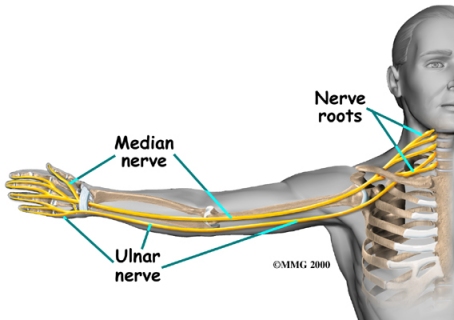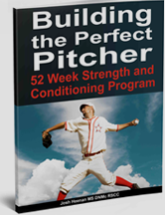Trace Increased Mound Velocity From 77 To 85 MPH In A Year With ATP
Trace Florio, remote client. Over the past year Trace’s mound velocity has jumped from 77 mph to 85 mph. Trace has put on 21 lb and increased his 90 mph formula numbers drastically in that time. Over the next coming months, we want Trace to continue to add bodyweight and improve his 90 mph formula numbers. This will allow him to add more velocity, strength, and stability.
October 2019 #90mphformula Metrics:
Height: 5’11”
Weight: 142 lb
Height/Weight Coefficient: 2.00
Deadlift: 255 lb x 1
Chin-up: 4 BW
Reverse lunge: 205 lb x 1
Long toss: 260 feet
Mound velocity: 77 mph
October 2020 #90mphformula Metrics:
Height: 5’11”
Weight: 163 lb
Height/Weight Coefficient: 2.30
Deadlift: 405 lb x 1
Chin-up: 11 BW
Reverse lunge: 255 lb x 2
Long toss: 305 feet
Mound velocity: 85 mph
To learn more about our remote programming services, visit our website by clicking here.
Jack Fox, Lander University Baseball, +4MPH In Four Months
Jack has been absolutely killing it since starting remote programming. I love how Jack, a Senior at Lander University, attacks his training in-season and leaves no stone unturned to make his ambitions to play at a professional level a reality.
As a Futures League All-Star, Jack has struck out a league-leading 55 batters in 47.2 innings with a 3.02 ERA.
Jack says, “Since starting with Advanced Therapy and Performance and Dr. Heenan months ago, I’ve packed on mass in all the right places. I’m throwing harder, my breaking stuff is breaking more than ever, my command has improved, and I’ve been having little to no arm soreness after 100+ pitches per outing. I came into the program with groin and hamstring problems, and both of them have disappeared.”
April 2019 #90mphformula Metrics:
Deadlift: 365 x 1
Chin Up: 10 BW
Reverse Lunge: 185 x 1
Long Toss: 350 feet
Bodyweight: 198 lbs
Mound Velocity: 89mph
July 2019 #90mphformula Metrics:
Deadlift: 405
Chin Up: 11 BW
Reverse Lunge: 225 x 1
Long Toss: 360+ feet
Bodyweight: 216 lbs
Mound Velocity: 93mph
To learn more about our remote programming services, visit our website by clicking here.
Kaito Farquharson, Mayville State Baseball, Improved Run-and-Gun From 83 To 98 MPH In 3 Months
Kaito Came to me in August for a mechanical consult. What I found right away was how much more athletic he was with a 9oz ball and how his relative velocity was 6mph harder than with a 5oz ball. Kaito went to work and integrated some weighted ball progressions and uphill throwing drills over the next three months.
The video is from November when he hit a run and gun 98mph. Here is what I see in that video:
-Faster movement through the zone
-More athletic and level hip load
-Longer/more athletic stride
-Better timed arm action
However, there is still room to improve in two major areas:
-Efficient lead leg blocking
-Trail leg hip flexion
Much of Kaito’s mechanics have cleared up and he is now able to get much more velocity out of his body. The two breakdowns I mentioned above often happen when we see a big jump in velocity in a short time or strength is needed. For Kaito, I believe this is just a part of finding his new mechanics. Once he locks down the flat ground mechanics, I’ll want to see him progress to mound blends and then mound. This should take his 84mph fastball from August and get him to the low-90s quickly, then slowly tick up to the mid-90s as his current run and gun shows.
To learn more about our remote programming services, visit our website by clicking here.
Are You Ready For a College Baseball Showcase?
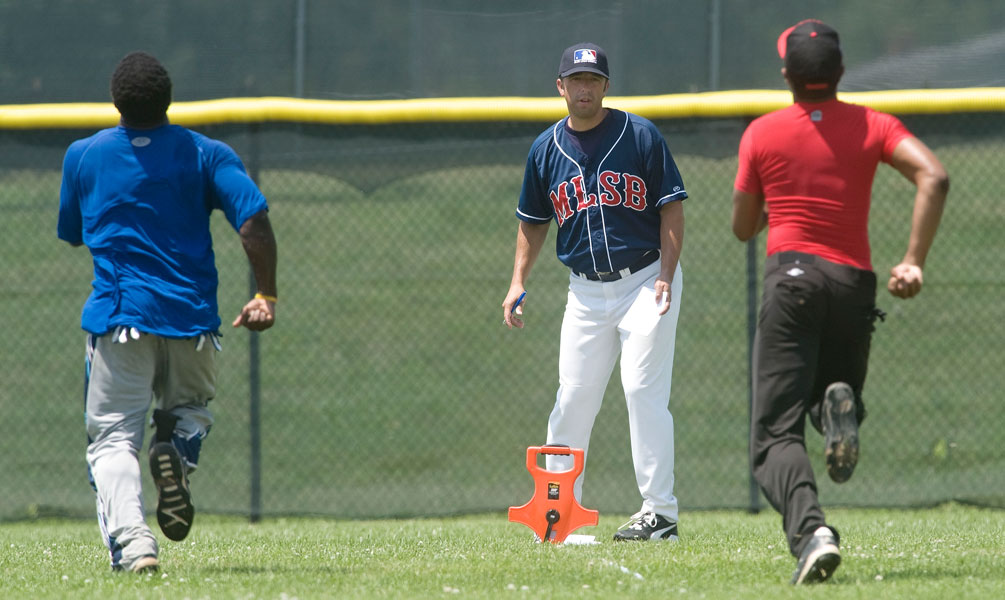
Summer time is almost here and for many high school players wishing to play college baseball this means showcase season. Showcases are a double edge sward. There are some outstanding showcases that allow you the opportunity to interact in with college coaches at schools you have interest in while getting a feel for their personality, skill set, and coaching style (yes, you are interviewing them as much as they are you). On the other end of the spectrum, there are factory style showcases that allow you and 500 other ball players just enough time to take 3 ground balls, 10 swings, and run a 60 all for the camera and then you are done for the day. Not the ideal situation for most.
I like to remind my athletes that a showcase is a job interview. A part of getting the job is absolutely how well you perform, but do you look the part? How well do you interact with the other players? What are your interactions with coaches? Do you look like you are having fun? Remember coaches are looking for people they want to have apart of their baseball family for 20-60 hours a week for 4-5 years!
ARE YOU READY FOR A SHOWCASE?
- Have you done skill work for baseball at least 2x per week outside of practice?Realize that practice is just the beginning. Routinely, our college guys take swings from 8-10pm on a Friday night. If you are not working on your skills while your competition is out partying on a regular basis you rarely have a leg up on them.
- Have you trained in the weight room at least 2x per week for the last 3-months?
If not, you are at a distinct disadvantage in regards to athletic potential and injury prevention. I believe for an athlete to even bother to go to a showcase he should have a solid 3-6 months minimum of organized training under their belt. If you don’t enjoy the process of getting better and training, you will likily not make a great college player.Check out this day in the life of a college baseball player article https://www.theodysseyonline.com/college-baseball-the-16-hour-day
- Have you recently taken a video of your 60-yard dash?I can’t tell you how many athletes tell me they run a 6.8-7.0 60-yard dash and when I ask them for a video of it they can only produce a video of them running an 8.2. Video does not lie. Get over the fact that you are not fast and figure out how to fix it.Unless you are a pitcher that throws mid 80s+ MPH or skill position guy that can legit hit the ball 400 feet, I would not recommend showing off your “skills” unless you run below a 7.5 60-yard dash.
- Have you recently taken a video of yourself… pitching, fielding, hitting?Pitchers —get on video with multiple shots at different angles— and at least one behind the backstop with a radar gun in view.Hitters —get a few views of you swinging and fielding/throwing.For all position, be honest with yourself. How athletic do you look? What do your mechanics and movements look like compared to the MLB version of you? Adjust accordingly.
- What’s your GPA?We all hear stories of guys who throw 90 MPH and rock a 2.0 GPA and he got a college scholarship, but let’s face it, you are probably not that guy— and that story was probably fabricated.Just like point #3, unless you are a pitcher throws mid 80s+ MPH or skill position guy that can legit hit the ball 400 feet, I would skip the showcase if your GPA is under a 2.5. Do yourself a favor and take summer classes to bring your GPA to that 3.0 range.Don’t think it really matters? Ask any DI program what their minimum team GPA and SAT scores need to be.
- Do you look the part?Coaches will say that looking the part is not that important as they are looking more for the skill and potential of the player but in my experience, this is incorrect. In fact, I often hear coaches state things like “look at that guy, he has obviously put in the work in the weight room” or “this kid swings well, but he needs to figure out where the kitchen is”.
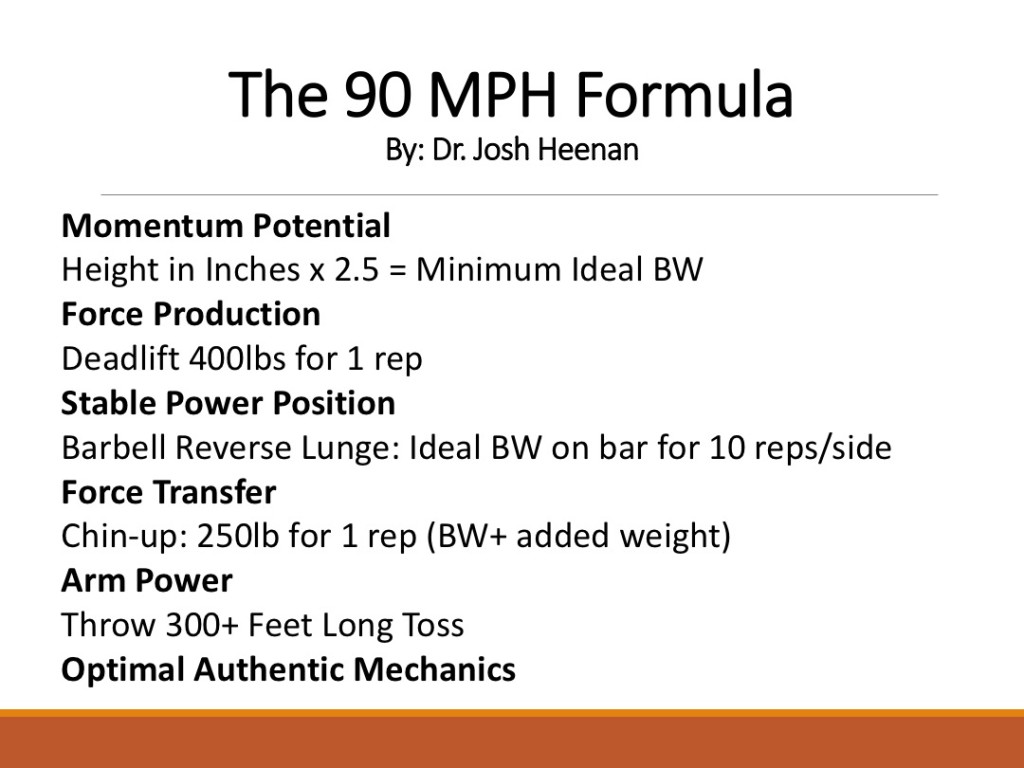 My 90 MPH formula for pitchers gives a guideline on weight I like to see our pitchers at. It get’s a little trickier for position players, but as a general rule, take your height in inches and multiple it by 2.5 and that is a good baseline for most athletes to start “looking the part”.
My 90 MPH formula for pitchers gives a guideline on weight I like to see our pitchers at. It get’s a little trickier for position players, but as a general rule, take your height in inches and multiple it by 2.5 and that is a good baseline for most athletes to start “looking the part”.
What other aspects do you think are important at your showcase? Where do you think you are lacking the most?
Leave your feedback below in the comments and I will gladly reply.
From No Offers to DI Baseball Player
I can’t get recruited
I get overlooked
My son doesn’t get fair playing time
They are prejudice because I’m too… short, skinny, slow, etc.
These are phrases we hear all the time.
The “I get over looked… I can’t… my coach…” garbage is just that, garbage. When presented with athletes or families that come saying those phrases we try to change word choice and outlook from day one. Many think they are going to be the next Bryce Harper, but let’s face it, the odds are highly against you.
To be fair, we are lucky to have many amazing athletes and families that are supportive and realistic with where they currently are and where they need to go to reach their goals.
Enter Tom Henderson
After working a showcase with Wayne Mazzoni, he suggested I reached out to Tom as he was a LHP senior in high school with good arm action, good grades, but just needed to get bigger and stronger to have a chance at the next level.
Tom was a whopping 135 lbs at 6’2″ with strength to match his frame— practically none.

Completely out of his comfort zone, Tom came to train 3-4x a week for the next 12 weeks along side pro, college, and signed high school ball players. Being able to do only 1 push-up on day one is pretty humbling when you have athletes tossing around 100lb dumbbells or 14-year olds doing 20 push-ups in a set.
But bust his butt day in and day out he did
After about 2 weeks we sat down and had our nutritional talk. We evaluated where he currently was with his eating and created a plan on how to add some serious size to his frame over the next 12 weeks. We implemented simple weekly check-ins to monitor progress, but attached some deterrents for each missed a weigh-in.
Tom soon felt what it was like to be truly “full”. The first weekly weigh-in he was up 5 lbs. Second week, another 4. Third week, another 4. For those 12 weeks, Tom treated eating like it was a full time job.
Those 12 weeks passed without a missed weigh-in and Tom was now tipping the scales at 170lbs. Along with his new found weight, his strength gains were impressive to say the least. Push-ups had become relatively easy and his deadlift was up over 100 lbs. Most importantly, Tom’s velocity on the mound had jumped.
Prior to his weight gain adventure, I promised Tom if he put in the work, I would vouch for him at his #1 prospective school, Marist College. Upon speaking with the coach I realized they had no more roster spots for the following year. Without any hesitation, Tom said he would end up going there when he was accepted and walk on. Little did he know that 6 weeks later I would get a call from that coach stating they just cut a handful of guys from there program and wanted to extend a roster spot for Tom for the coming year.
Fast forward to today
Tom is now a role player for his DI program and touts a .077 batting average against. Currently sitting at 185lbs with a fastball that nearly tops the 90mph mark. With a frame that can still handle adding another 30-40lbs and project him to add another 5-10 mph on his fastball and 3 more years of eligibility, Tom has a lot to look forward to.
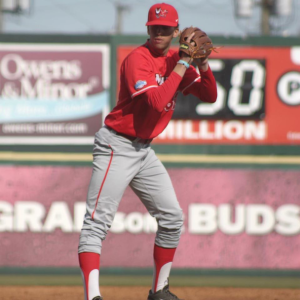
Without Josh’s expertise and connections I would not have had the opportunity to play baseball at Marist College. Josh, along with his terrific staff, have pushed me for two years, and have helped me gain a total of 60 lbs, 35 of those in my first 12 weeks of training. This weight has taken stress of my elbow and shoulder while allowing me to increase my velocity by upwards of 10 MPH, nearing 90 MPH. The key to our training is the focus on muscles and movements that put by body in better positions on the mound, which directly correlates to what you need to continue to succeed and play at the next level.
Are these the type of results you are looking for?
Email me for more information about our remote programming platform, go to https://advancedtherapyperformance.com/90mphformula/
Alex Farina Signs with Milwaukee Brewers
On August 2nd 2013, I made the following post on facebook:
As I mentioned in that post, Alex is the type of client that makes me look great. Simply put, my job is to keep our athletes healthy and progressing while providing guidance wherever needed. For an athlete like Alex who shows up early, stays late, listens, asks well thought out questions, is process oriented, and consistent– he will be successful no matter what he puts his mind to.
Alex spent the summer entering his junior year of college split between the New England Collegiate Baseball League and the Cape Cod Baseball League. Having MLB scouts show interest there was some talk of getting drafted junior year, but to be honest, coming from a program with 3 draft picks in the last 34 years, it was a long shot and not expected.
Eventually, the draft came and went without a call and he reported back to the NECBL for the summer. During that time we spoke openly about how the next 12 months were going to go. The primary goal was to graduate on time with his mechanical engineering degree and play affiliated pro-ball whether or not he was drafted.
Speeding up to present time, Alex earned his degree and got the call he was waiting for from the Brewers and as I write this he is on a plane to their Arizona Rookie Ball affiliate. A well-earned opportunity for someone who dedicated themselves to taking one step at a time, staying focused, and never excepting anything less than being better than yesterday. That is how big goals are accomplished and dreams are realized.
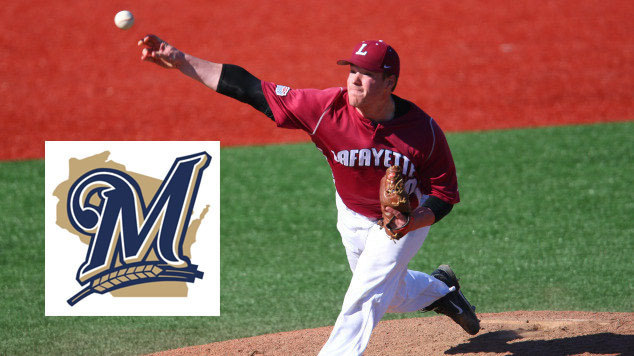
Add Muscle Mass, Get Recruited and Drafted
With the rigorous in-season schedule of games, practice, school, and life adding lean muscle mass can be very challenging. Add in distance running, hot weather, and a lack of training it can feel impossible to maintain bodyweight, let alone add some clean LBS to a wiry frame.
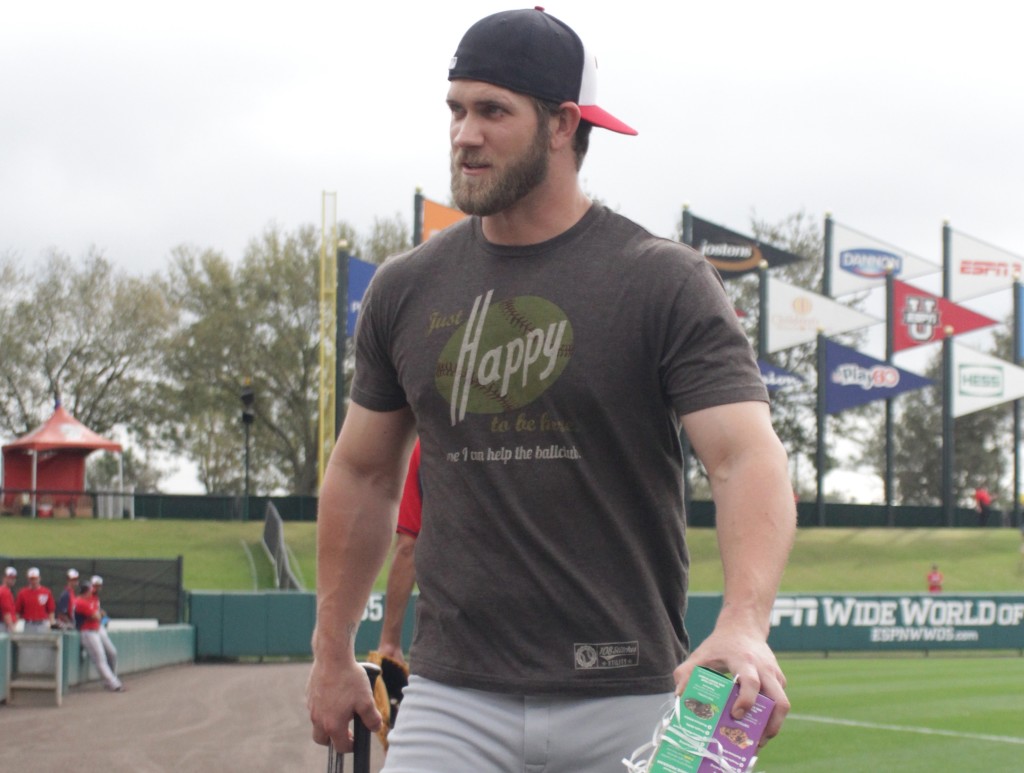
Why is muscle mass so important?
Muscle mass and increased bodyweight increases potential force output, which is one of the keys when trying to run faster and throw harder. Not only is added muscle mass important for injury prevention, but it terms of health and longevity there are few indicators better than muscle mass.
I held a webinar last year and release my “90 MPH Formula”. As you can see below, I’m a huge believer that strength gains and bodyweight are near necessity to throwing above 90. Mechanics and a whole host of factors play into this, but my athletes have shown me the information listed is accurate over and over again.

I encourage you to compare your favorite collegiate or MLB team roster to the “90 MPH Formula”.
The performance indicators and decreased risk of injury are great for athletes, but why else would this matter for collegiate coaches and MLB organizations?
Dedication/Toughness
For the most athletes, adding a significant amount of muscle mass requires intense dedication. Having seen 100+ athletes add 20 lbs in 10 weeks, I know this is not for the faint of heart. The ones who go on to add 30-40 lbs over a 6 month period have a level of need for the weight and self-discipline that is impressive to say the least. Dedication, toughness, and sacrifice for a larger goal (like significant muscle gain) is something all highly competitive teams want.
Projectable/Image
Baseball, like most sports, is highly speculative. As I tell our draft eligible guys, all it takes is one scout to fall in love with you and you will be picked up. Same holds true for college coaches. Being undersized by 30-50lbs while being scouted or recruited is going to portray a less than ideal image of what you can offer, even if you are an exceptional athlete. As one of my good friends often says “dress for the job you want, not the job you have” prior to your college visits or your draft eligibility it is important to present yourself physically prepared for that next level of play. Leverage your opportunity to have those coaches speculate you are the hardest worker they have ever met.
During the first day of the MLB draft coverage, the hosts continually commented about how a bunch of the athletes were “gym rats”. They classified these guys as “workers” and would be an asset to each ball club they were about to join. Many college and pro organizations see the value of athletes who train hard, are more durable, and reach their potentials. Take the time now to dedicate yourself to being consistent while training hard and smart year-round.
Predicting and Preventing UCL Injuries
Pitching coaches and researchers are pointing to mechanical flaws along with increased pitching velocities as the root cause of the large uptick in UCL tears. In the gym, we see a bunch of trends that have been correlated to UCL injuries either anecdotally or backed by research. The following are my top 3 red flags prior to a UCL injury from a thrower.
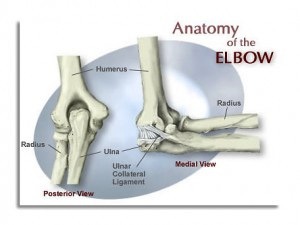
1. Cervical Rotation Dysfunction
Cervical rotation is depended on good joint mobility as well as enough flexibility from the muscles that attach to the neck and shoulder. What most people miss when evaluating or training rotational athletes is that core stability plays a huge role in cervical rotation.
The first video is of a left-handed pitcher supine with full right rotation in his neck.
The next video is of the same left-handed pitcher standing with limited right cervical rotation.
The inability to move properly through the neck while standing (especially in right cervical rotation) will lead to altered pitching mechanics. On the mound the result will often present as “flying open”. Pitchers with this type of dysfunction struggle with consistency of pitch location and velocity. They also tend to present with neck and shoulder pain prior to UCL damage.
One fix that we use with these athletes is half get-ups. Usually a few challenging with or without weight can correct this dysfunction long-term.
2. Tight Pitching Forearm
I have yet to find good literature on “forearm tightness” prior to UCL injury, but I can tell you from experience athletes who complain about forearm tightness on a regular basis that goes untreated often come back down the line with medial elbow pain, little leaguers elbow, or a UCL tear.
Studies have shown that the “flexor-pronator” muscles are used when throwing to create elbow stability.1 My suspicion is that where the body feels that it cannot control the violent valgus forces of the elbow during throwing, these forearm muscles (particularly the flexor carpi radialis) over-assist the passive restraints of the ulnar collateral ligament. This is a red flag that needs to be address immediately.
3. Lower Body Injury or “Balance Issues”
Fluid transfer of force from one joint to the next is the basis for great movement, injury prevention, and high performance. Ignoring foot, ankle, and knee injuries while jumping back into high level throwing is asking for trouble up the kinetic chain.
Garrison et. al compared baseball players who had no UCL tears vs. players who did. Each group completed the Y-Balance Test, a quantitate test to measure overall balance. Participants with a UCL tear demonstrated decreased performance for their stance and lead lower extremities during the Y-Balance Test. The researchers concluded that there is a potential link between impaired balance and UCL tears in high school and collegiate baseball players.
I put “balance” in quotations because I believe there is a wild miss understanding of what real balance issues are. True balance issues come from the vestibular system. Most of what we see with younger athletes is very poor strength and an inability to express strength or movement in a given range of motion. When someone says they have a balance issue when standing on one leg, I hand them 2 heavy dumbbells to hold next to their body and stand on one leg again. By holding the weight and crushing the dumbbells with their hands, they activate their hips and core musculature giving their body feedback to remain stable. If you try this little test and your single leg stance does not improve, you likely have some true underlying balance issues and should get that checked out. For the rest of you, you need to get stronger!
1. Park MC, Ahmad CS. Dynamic contributions of the flexor-pronator mass to elbow valgus stability. J Bone Jt Surg. 2004;86(10):2268-2274.
Qualities Needed to Throw 90+MPH
If I am a 17-year-old, 165 lb pitcher, and can consistently throw 79-82 MPH for my fastball, if I get up to 200 lb with 12% or less body fat, should I be able to throw in mid 90s or at least the 90s?

Bodyweight has been directly correlated to fastball velocity.
Relationships between ball velocity and throwing mechanics in collegiate baseball pitchers
I touch upon this point here: “As a general rule of thumb, our Sacred Heart pitchers will gain 2-4 mph a season during their 4 years in college. As much as I would love to say it’s just training, there are numerous reasons why we get increased ball velocity each year including mechanical improvement, growth of body due to puberty, increased muscle mass, and improved body awareness/muscular coordination. The interesting trend is that most of our athletes tend to add anywhere from 5-15 lbs of bodyweight each year. Does 5-15lbs = 2-4mph on the mound? Maybe.”
Why All Baseball Players Should Be Using Creatine
With my pitchers, we have the following hierarchy/system:
1) Mechanics Rule All: Increase mechanical efficiency your energy leaks will decrease and velocity will go up.
2) Increase General Strength: Building a foundational base strength is not only performance enhancing, but done properly will decrease the risk of injury.
3) Increase Muscle Mass: More muscle mass, the more potential to apply force.
4) Increase General Force Production (e.g. Power): Allows us to tap into more high threshold motor-units to produce more force and increase IIx muscle fiber.
5) Increase Skill Specific Power: Explosive training in a transverse plane. This could be med ball throws, weighted or under-weighted ball throws, long toss, flat ground or even mound work.
We have had many mid 90MPH pitchers (injury free to boot) as well as some whom have touched 99+MPH. Some of these athletes have gained upwards of 50lbs of very clean weight (still viable abs) in less than a year. Everyone is different based on genetics, work ethic, movement capabilities, diet etc.
If you are mechanically efficient, have relatively long levers and can increase body mass to 200lbs and force production increase proportionally it is very possible. This information as well as programming for this goal is covered in detail in Building the Perfect Pitcher.
Should You Use Ice, Aleve, or Ibuprofen After You Throw?

Ice, Aleve, or Ibuprofen plays an integral role in most pitchers’ post-outing routines. But why?
When I evaluate a new client, parents often rave about their son’s “post-game ritual” of icing right away and popping two Aleve. When I ask why they are using ice and anti-inflammatories, they always give the same answer: to stop inflammation and help recover. Yikes! There are many problems with this routine.
Problem #1 – Pain
A pitcher should not have elbow or shoulder pain post game or the day after. Muscle soreness in the upper back, rotator cuff, and deltoid is normal after an intense outing, but pain is a big no-no.
Ice, Aleve, and Ibuprofen all have analgesic or pain relieving properties. So, if a pitcher is using these modalities on a regular basis, we have no idea how their body is actually responding to throwing because the pain is masked. Being in touch with how the body feels allows us to monitor injury risks factors such as mechanical flaws, excess volume in sport or training volume, and potential sickness that may be exacerbated by lack of recovery.
Problem #2 – Delayed Recovery
Every musculoskeletal injury goes through 3 stages of recovery:
-
Inflammation
-
Repair
-
Remodeling
The following video by Kelly Starrett discusses how reducing inflammation is the wrong approach for recovery. If pressed for time start watching at 4 minutes. Don’t get bogged down by the sciency nature of the information. This is a must watch for athletes, coaches, and parents.
Problem #3 – Ulnar Nerve
The Ulnar Nerve is often the source of pain for athletes and non-athletes alike. Much of this can be attributed to neck pathologies and poor posture, but one thing is for sure, if you throw ice directly on the elbow about half the athletes will say it makes them feel better and the other half say it’s the most painful thing they have ever experienced.
Ulnar Nerve Transposition surgeries are common when conservative treatments no longer work and the patient experiences continual radiating pain, or pins needles with hand weakness. This portion of the elbow can be very finicky and painful, thus why I see no need to place ice directly on the elbow post throwing.
Problem #4 – Gut Health and Ulcers
Gut bacteria play an essential role in a normal digestive tract. NSAIDS can damage the mucous coating that protects the lining of the stomach. Once these bacteria damage the stomach lining, powerful stomach acid may irritate or destroy portions of the stomach. This is where ulcers often form.
Stomach ulcers can lead to excessive gas, bloating, pain or more sever issues of bleeding ulcers and cancer.
So, some changes need to be made in the common post-game routine of pitchers. Instead of settling for the conventional use of Ice, Ibuprofen, or Aleve, pitchers should follow these steps to improve recovery time and arm health:
A New Post Throwing Routine
-
Restorative Movement/Increased Blood Flow Right After Outing-
Full Body Active Warm-up -
Restorative Nutrition-
PN Injury Guide -
Restorative Sleep-
7-10 Hours of Deep Sleep -
Restorative Movement/Increased Blood Flow Next Morning-
Full Body Active Warm-up
This model of recovery is what I recommend to our pitchers and athletes who feel they need to improve their recovery techniques post game.
Notes:
-Ice and NSAIDS are not inherently bad. Instead, their application is often incorrect, as they have more applicability in a post surgical setting.
-Pain and/or swelling after throwing is not normal and should be a huge red flag that something is not right. When pain or swelling is evident seek a medical professional to evaluate the issue. Common causes are overuse, poor pitching mechanics, or orthopedic/movement/strength limitations at the ankle, hip, spine, shoulder, or elbow.
Want to take the guess work out of your in-season and off-season programming?
Check out my customized year long training program Building the Perfect Pitcher.



